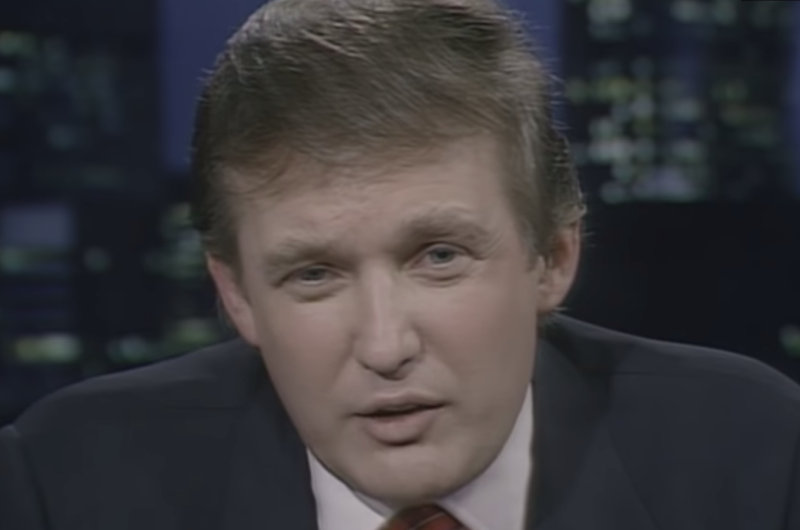Trump’s ghostwriter reveals what the ‘billion-dollar loser’ was actually doing as he was ‘hemorrhaging cash’



With the revelation from the New York Times that Donald Trump reported losses of more than $1 billion on his taxes between the years 1985 and 1994 — resulting in his paying no income tax for 8 out of 10 of those years — there’s renewed interest in exactly what he was doing during that time period.
And in a new piece from Trump’s ghostwriter for the book “Surviving at the Top,” we learned a curious answer: not much.
During this period, when Trump was “hemorrhaging cash” and avoiding paying taxes, Leerhsen says “he seemed to be bored out of his mind.”
He continued:
The piece also recounts Leerhsen’s interactions with Trump, which include the tangents and blatant lies the president is known for now.
“Each day was a string of such nonsensical moments,” Leerhsen wrote. “Once, trying to steer the conversation toward something we could actually use in our book, I asked him about his father.”
The exchange continued:
“We haven’t touched on him yet,” I said. “What can you tell me?”
He stared into the middle distance and began to speak. “My father…”
A long pause followed. Then he said, “Charles, put something there. I’ll look at it later.”

